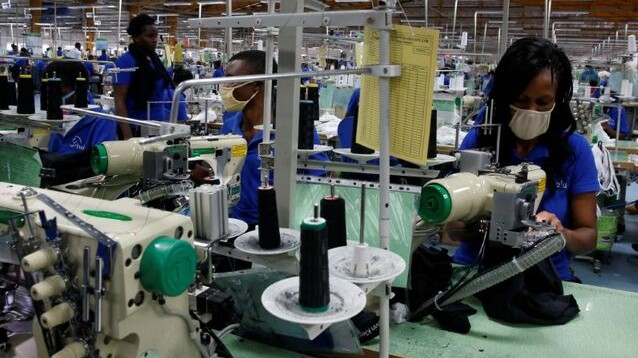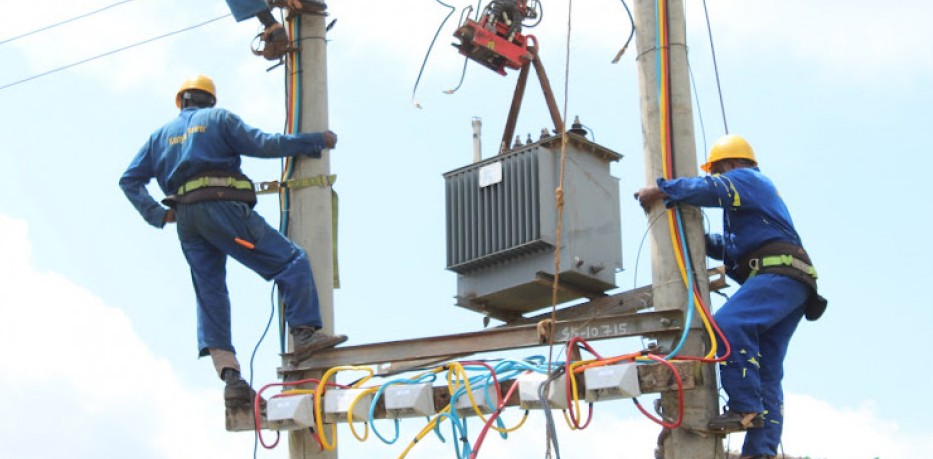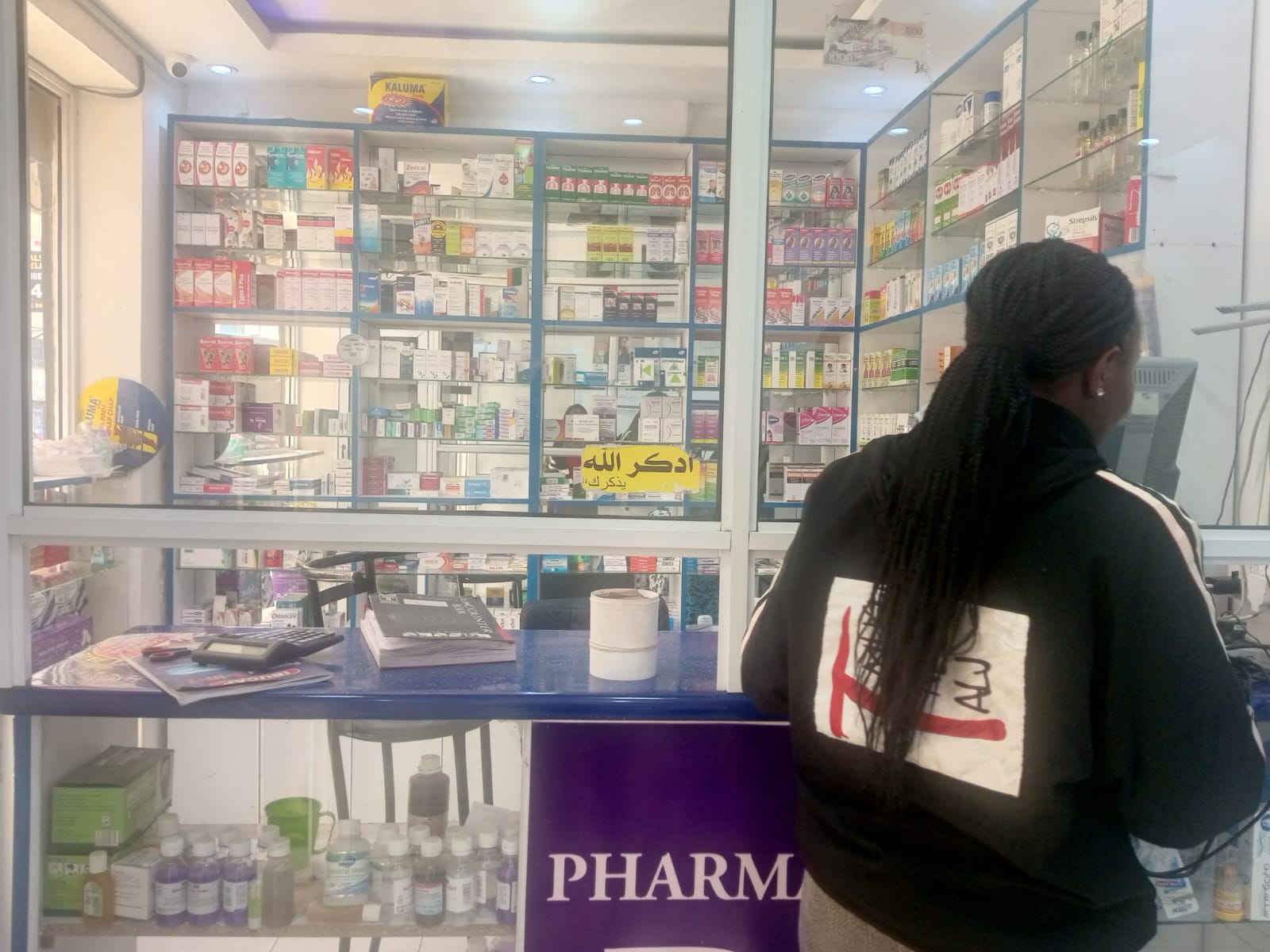US tariffs pose risks and opportunities for Kenya’s export market

The 10 per cent tariff, announced by US President Donald Trump, applies to all goods exported from Kenya to the United States.
The textile industry in Kenya is bracing for a challenging period as a 10 per cent tariff imposed by the United States on Kenyan exports takes effect. This development could disrupt an industry that employs around 180,000 people, with farmers and workers in the textile sector bearing the brunt of the impact.
Goods such as textiles, tea, coffee, fruits, and flowers, which previously enjoyed duty-free access under the African Growth and Opportunity Act (AGOA), are now subject to this additional cost, making them less competitive in the US market.
More To Read
- Kenya exports Sh50.87 billion worth of goods to US ahead of AGOA expiry
- Kenya champions innovation, digital solutions at COMESA summit
- Trump administration supports one-year extension of AGOA trade programme
- AGOA renewal: Is it time to rethink US-Africa trade?
- Kenya, Ethiopia, DRC lead East Africa’s stunning export surge amid global economic uncertainty
- President Ruto meets US Secretary of State Marco Rubio, pushes for AGOA extension
The 10 per cent tariff, announced by US President Donald Trump, applies to all goods exported from Kenya to the United States.
As a result, Kenyan products are expected to become more expensive, which could deter US consumers from buying them. This decision has intensified the struggles of Kenyan manufacturers and exporters, who now face the daunting task of finding ways to counter the potential loss of market share.
According to the Daily Nation, Kenya exported goods worth Sh95 billion ($737.3 million) to the US last year, marking a 17.5 per cent decline from the previous year.
Textile products make the bulk of these exports, with the apparel sector alone accounting for 72 percent of the total.
At least 39 factories in the export processing zones (EPZs) in Kenya, employing over 80,000 people, are directly affected by this tariff.
The Kenya Association of Manufacturers (KAM) has raised concerns over the potential job losses, as the sector also supports over 100,000 indirect jobs across various supply chains.
"If tariffs override AGOA benefits, it could reduce Kenya’s trade advantage. Changes in AGOA’s future, including its potential renewal or cancellation, further complicate the landscape," said Trade Principal Secretary Juma Mukhwana.
He added that Kenya’s textile exports could face reduced demand in the US, which could lead to job cuts in the sector.
The government’s push to increase domestic cotton production to reduce reliance on imported fabric could be overshadowed by the effects of the tariff.
The additional costs, combined with the uncertainty surrounding the future of AGOA, may deter US investors from operating in Kenya’s export processing zones, which depend heavily on access to the US market.
"Tariff uncertainties may make the Kenyan market less attractive for US investors and EPZs, many of which rely on access to the US market," Mukhwana explained, as reported by the Daily Nation.
The Kenya Chamber of Commerce and Industry (KNCCI) has called on the government to rethink Kenya’s economic structure.
“This development gives Kenya and Africa a perfect opportunity to build stronger and resilient brands, including local capacity on information technology products, digital technology, equipment, and machinery to spur industrialization,” said KNCCI President Erick Rutto.
While the textile sector faces significant setbacks, the tea industry has found a silver lining in the tariff, as competitors like Sri Lanka, China, and India face much higher tariffs.
George Omuga, the Managing Director of the East African Tea Trade Association, pointed said Kenya’s tea exports to the US now have a competitive advantage.
Looking ahead, Kenya is exploring options to mitigate the impact of the tariffs, including lobbying for an extension of AGOA or negotiating favourable terms under the new tariff regime.
The Kenyan government is also pursuing the Kenya-US Strategic Trade and Investment Partnership as a potential replacement for AGOA. These efforts could provide a lifeline to the country’s exporters and manufacturers as they navigate the challenges posed by the new tariff structure.
Top Stories Today













































